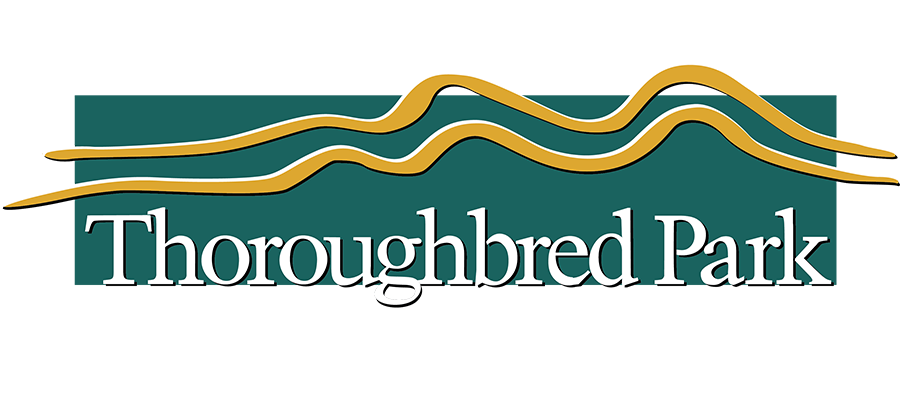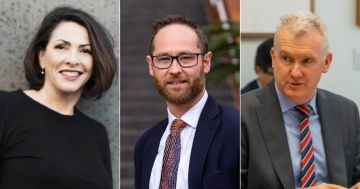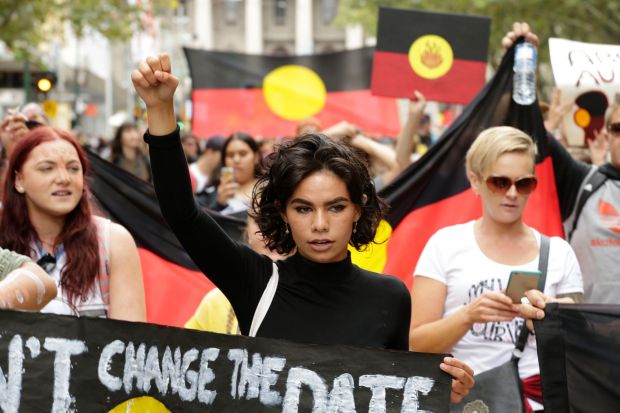
Aretha Brown spoke at the 2017 Invasion Day protest. Photo: Supplied.
Aretha Brown is not entirely comfortable being called an activist.
In 2017, she was the youngest person and first woman to be elected as Prime Minister of the National Indigenous Youth Parliament, and her work has been shown at the National Gallery of Victoria.
“I find the term a little bit awkward in my own community, it’s a title that has to be earned”, the Gumbayngirr woman said ahead of Kambri’s Art Activism by Great Women conference at the ANU’s AmBUSH Gallery on March 28.
“I’m speaking about my experiences as a young Indigenous person. If someone can take something from what I speak write and paint about then I’ve done my job”.
Aretha is a Northern Rivers woman who grew up around Nambucca and Macksville. Her primary school education at a small local school included weekly language classes with her cousins and a strong sense of community.
“Then I went to a much bigger, much”better” school in Melbourne with a big library, computers, much higher teaching standards, but not language, no cultural connection.
“That’s a decision many Indigenous people grapple with. You can live in a regional setting where community is strong but the opportunities are few, or move to a city where you have opportunities but no connection to culture. I want equal opportunities and equal access to resources for young Indigenous people. No young person should have to face that choice.”
Aretha says she was the victim of bullying and hate crimes in high school, a history she shares with many Indigenous students.
She uses her large-scale murals and film work to channel her responses and create a narrative that includes young mob and the issues they face.
Using art to express “heavy, intense ideas” is a way to continue legacy, tradition and pass on knowledge as well as addressing new challenges. It extends a deep Indigenous tradition of storytelling, art and oratory.
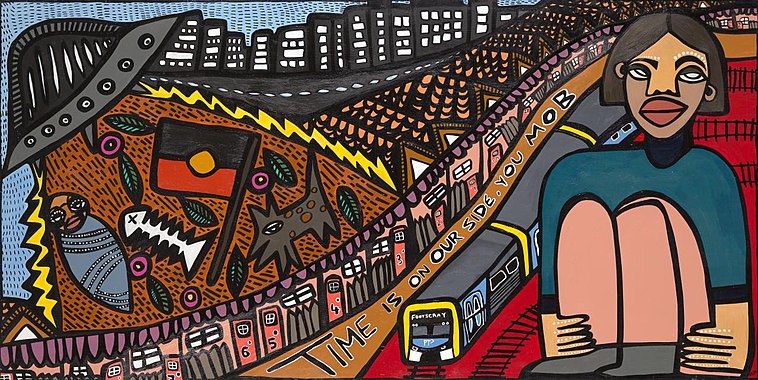
Time is on our Side, You Mob, by Aretha Brown. Image: Supplied.
The conference, co-presented by AmBUSH Gallery and Lerida Estate, gathers together prominent and emerging women artists from around Australia to discuss their own blends of art and activism and how that’s expressed in their practise. The Kambri precinct says it’s a celebration of game changing Australian women artists including photographer Claire Martin, Melbourne lawyer turned street artist Kaff-eine and multidisciplinary artist and educator Jane Gillings.
The conference is one of the closing events in Here I Am, Kambri’s season-long cultural partnership with the National Gallery’s Here I Am exhibition.
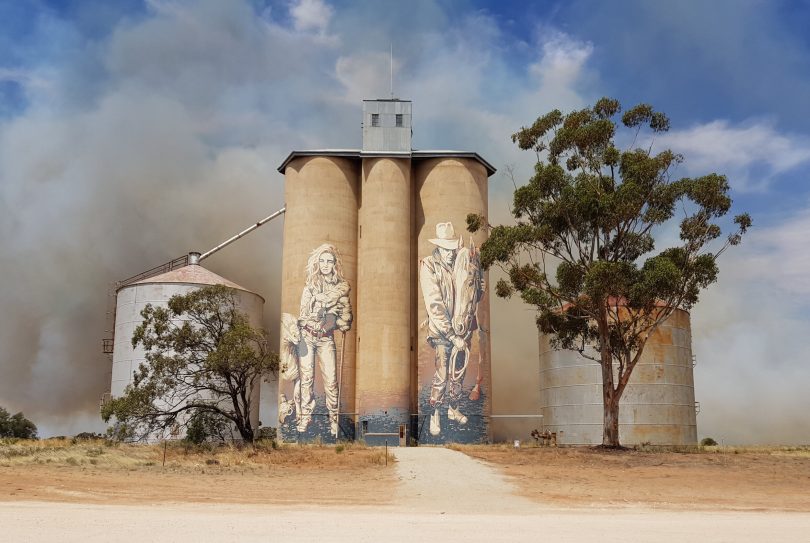
Leanne and Christian, by Kaff-eine. Photo: Supplied.
AmBUSH founder Bill Dimas believes discussions like this are critical at a time when women artists are bringing awareness and justice to many important human rights causes.
“Activism stems from care and love and is service to others”, he says.
“The women featured in the conference have done great service to others through important work that will inspire and awaken everyone’s spirit so we may become better versions of ourselves.”
Each of the artists has a strong story to tell: Claire Martin photographs marginalised communities in prosperous countries while Kaff-eine has worked with Manilla dumpsite residents. Jane Gillings works with at-risk people including those with mental illness, homelessness and drug and alcohol issues.
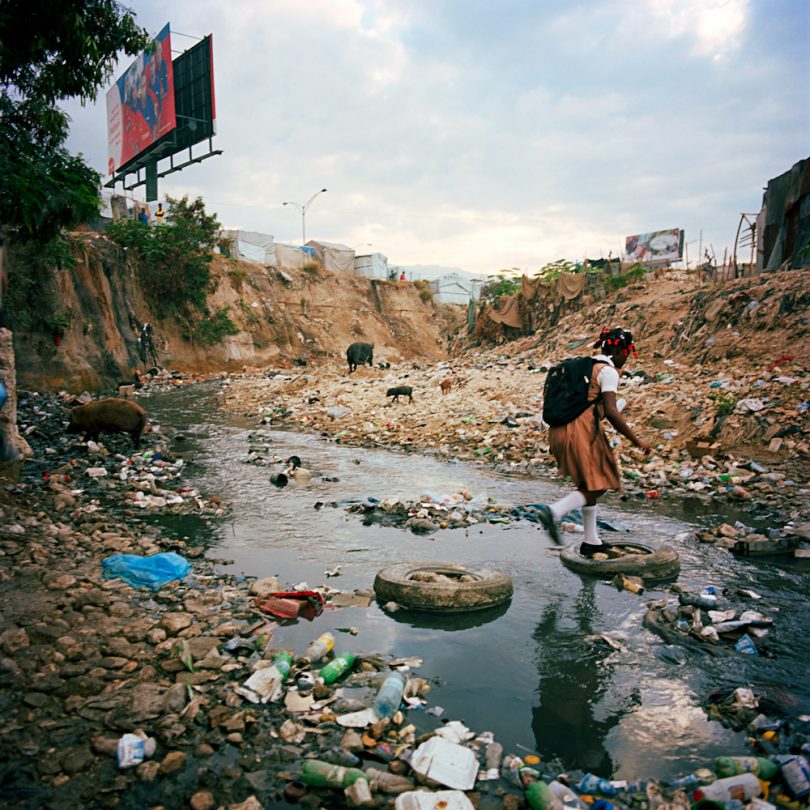
Claire Martin’s photo, Journey to School represents the one in three girls who are able to go to school in Haiti. Photo: Claire Martin.
Aretha Brown says she has great hope for Indigenous youth but they should be able to receive an education without worrying about racism, hate crimes and losing their culture. She wants Indigenous learning embedded across school curriculums so that students grow up knowing about everything from Aboriginal astronomy and science to sport and history.
She said Indigenous subject matter is currently taught mostly at teachers’ discretion. She’d like that to change.
“I just wanted to go to school and do the best I could”, she said.
“It’s hard enough being a teenager without our education implying that we don’t exist any more. Every subject in a set curriculum could have an Indigenous perspective”.
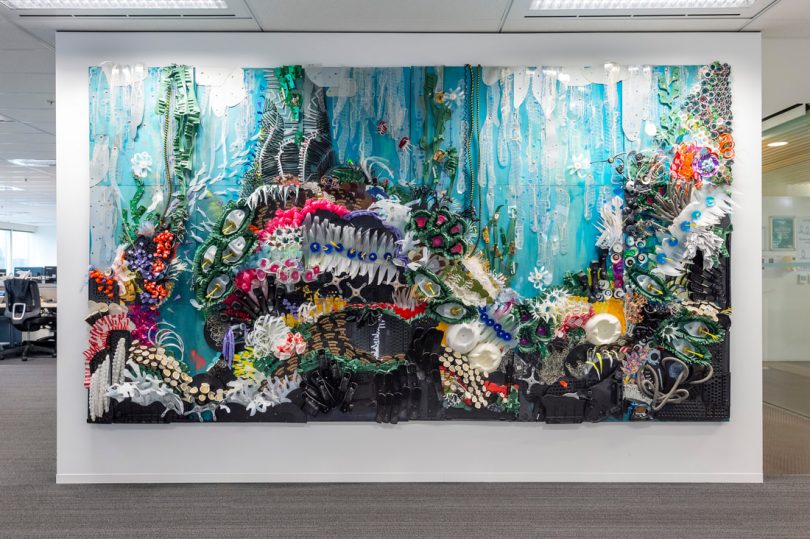
Jane Gillings’ work Underland, constructed of collected waste. Photo: Supplied.
Art Activism by Great Women happens at Kambri at the ANU on March 28. The ticketed conference runs from 2 pm – 7 pm and comprises individual artist talks, question and answer sessions, a panel discussion and networking opportunities. It’s free of charge for students and members of the public can choose to attend the entire event for $50 or split between conference and networking opportunities. Bookings can be made here.
